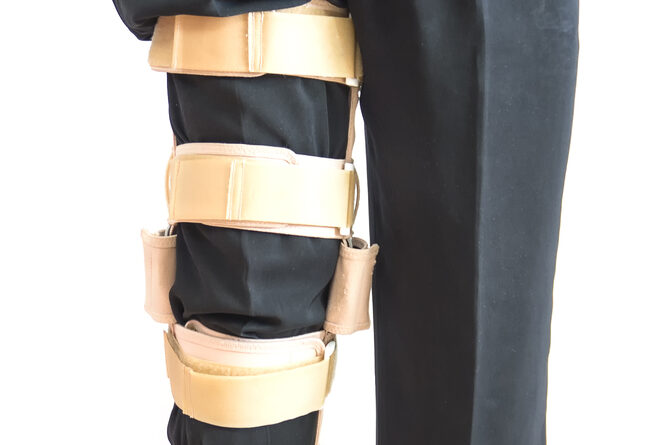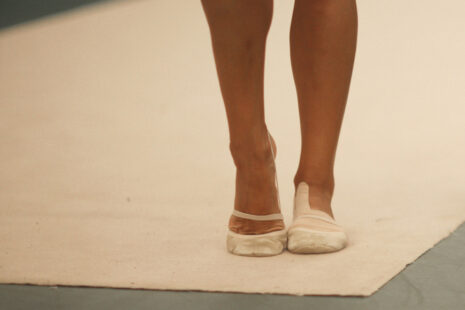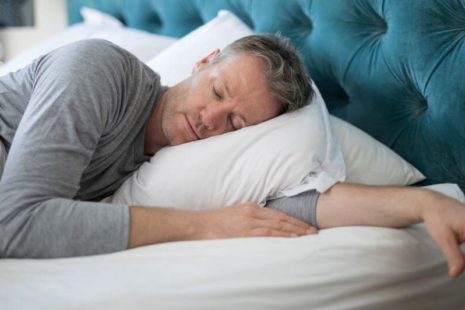ACL (anterior cruciate ligament) rehabilitation is typically a lengthy process due to several factors…
- Complexity of Injury – The ACL is a crucial ligament in the knee joint that provides stability and prevents excessive forward movement of the tibia (shin bone) relative to the femur (thigh bone). When the ACL is torn or ruptured, it disrupts the stability of the knee joint and can significantly impact mobility and function.
- Surgical Intervention – Many ACL injuries require surgical reconstruction to restore knee stability and function fully. ACL reconstruction surgery involves replacing the torn ligament with a graft, often harvested from the patient’s own hamstring tendon or patellar tendon. The surgical procedure itself requires time for healing and recovery.
- Tissue Healing – Following ACL surgery, the body needs time to heal the surgical incisions, as well as to integrate and heal the new graft within the knee joint. This process involves the formation of scar tissue, remodeling of the graft, and restoration of tissue strength, which takes time.
- Muscle Atrophy and Weakness – After ACL injury and surgery, there is often significant muscle weakness and atrophy in the quadriceps, hamstrings, and other muscles surrounding the knee joint. Restoring muscle strength and function through targeted rehabilitation exercises is a critical component of ACL rehabilitation but takes time to achieve.
- Range of Motion Restoration – Maintaining and restoring range of motion in the knee joint is essential for functional recovery. However, after ACL surgery, there may be limitations in knee flexion and extension due to pain, swelling, and tissue healing. Gradual progression of range of motion exercises is necessary to regain full mobility safely.
- Neuromuscular Control and Proprioception – ACL rehabilitation also focuses on improving neuromuscular control, balance, and proprioception (awareness of body position and movement). These factors are crucial for preventing future injuries and restoring confidence in the injured knee but require time and consistent training to develop.
- Functional Strength and Return to Sport – Achieving the level of strength, stability, and function necessary to return to sports or physical activities safely takes time and often requires a progressive rehabilitation program spanning several months. Rushing the rehabilitation process can increase the risk of re-injury or complications.
ACL rehabilitation is a comprehensive process that addresses multiple aspects of knee function, including tissue healing, muscle strength, range of motion, neuromuscular control, and functional performance. While it may seem long and challenging, following a structured rehabilitation program under the guidance of a healthcare professional is essential for optimal recovery and successful return to activity.




